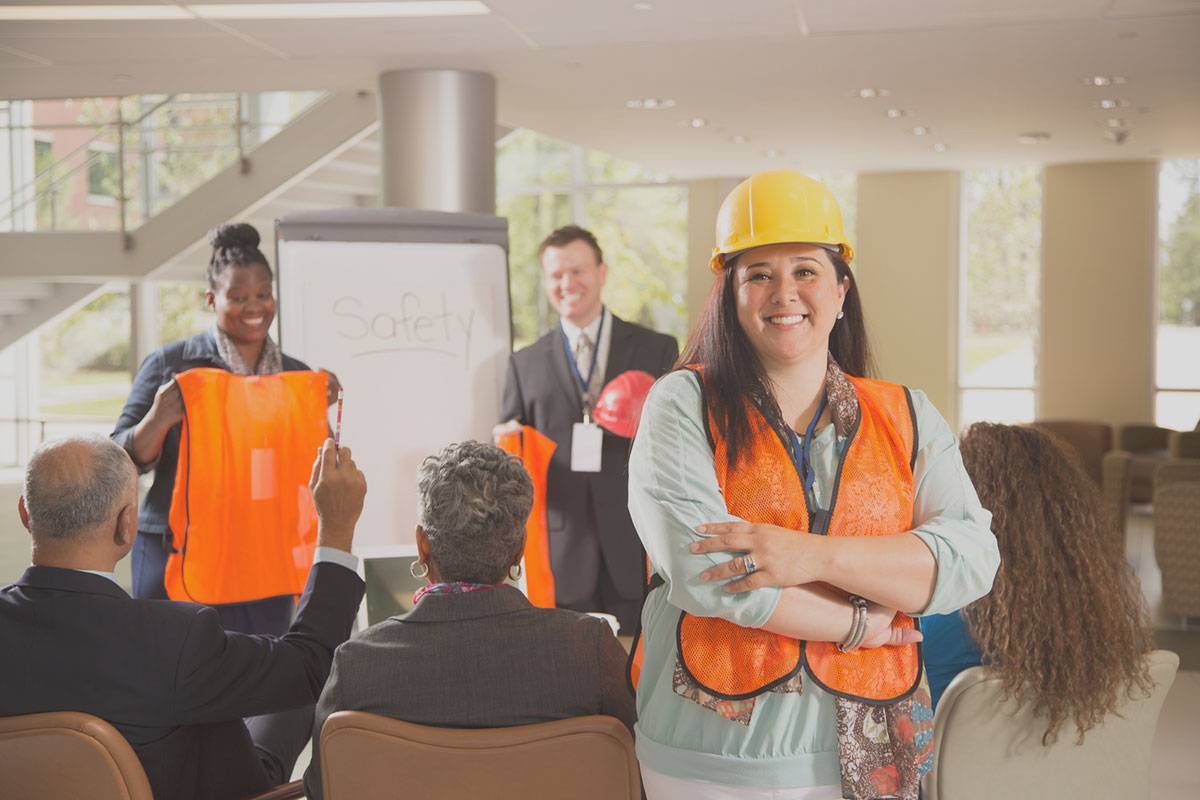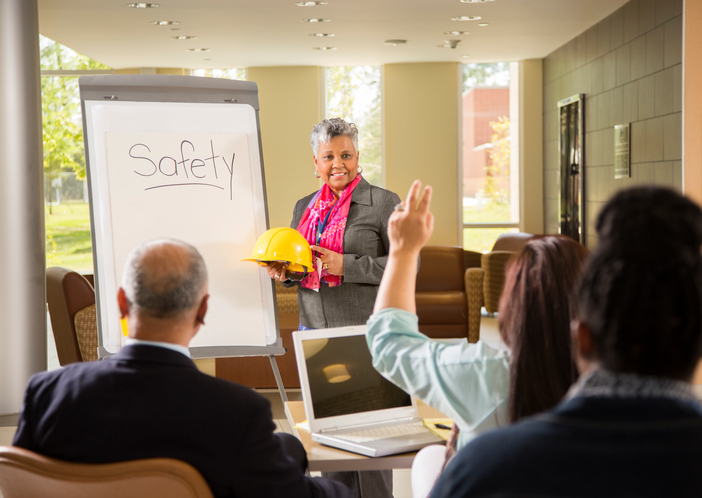Engaging Learners in the Orderly Conversation
No-nonsense techniques for engaging today’s learner
One of the greatest concerns for all trainers is learner apathy. As trainers, we need to do all we can to take responsibility for moving participants from ho-hum observers to engaged and passionate learners.
But how? One way is to conduct training sessions as if they are Orderly Conversations. An Orderly Conversation is one that is (a) carefully organized, well-designed and documented, (b) flexibly executed with lively participation and input from the entire group, and (c) feels relevant and efficient to learners. When trainers and facilitators engage learners in this fashion, learners are more likely to invest in the learning outcome and apply what they’ve learned back on the job.
The theory behind the Orderly Conversation will be discussed as well as insights and skills for engaging learners in the process. This will include cleaning out the old training toolbox to get rid of rusty rules, gimmicks, and anything else that simply doesn’t work.
Participants will also examine their own Default Approach to training. A Default Approach is the response trainers have to the tension between the orderly and the conversational. It is a measure of their comfort, habits, strengths, and weaknesses. Some trainers thrive while keeping things on track — planning, details, time management. Others thrive with the conversational dimension — being spontaneous, engaging listeners, encouraging discussion. While the influence of a trainer’s Default is felt throughout the process, it is often too subtle and unconscious to be noticed. The session will help trainers explore what their Default means for them and what they can do to manage it to their advantage in the classroom.
We’ll examine:
- What it means to conduct training as an Orderly Conversation
- Your Default Approach and the influence it has over your performance in the training room
- New language and coaching techniques when working with others











